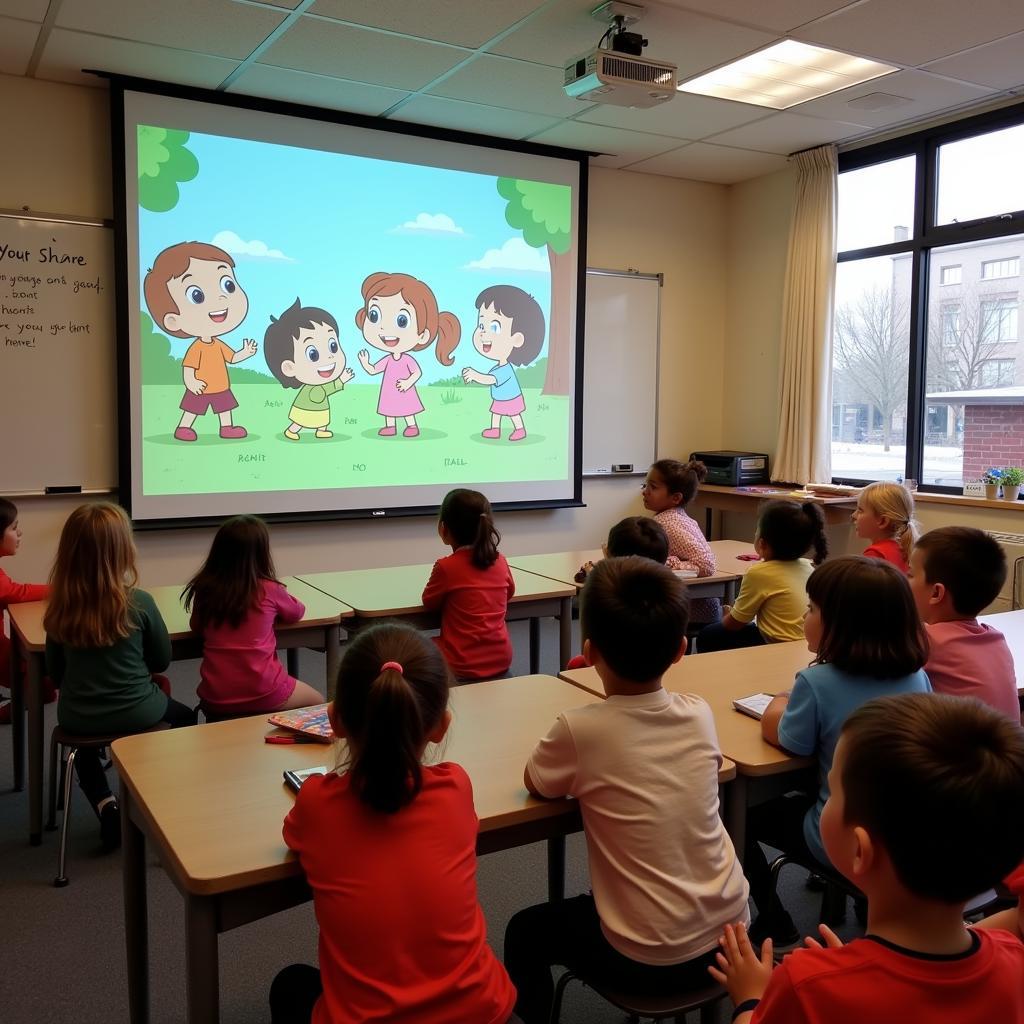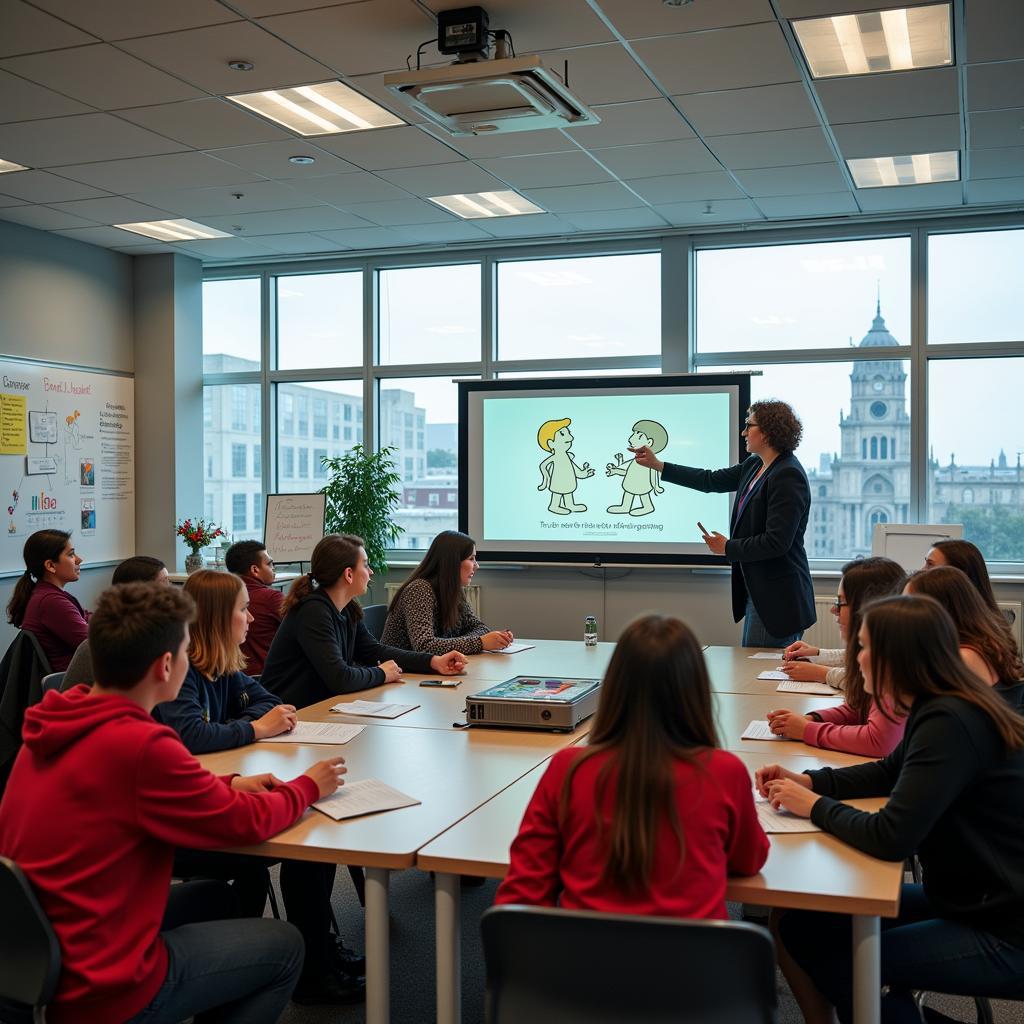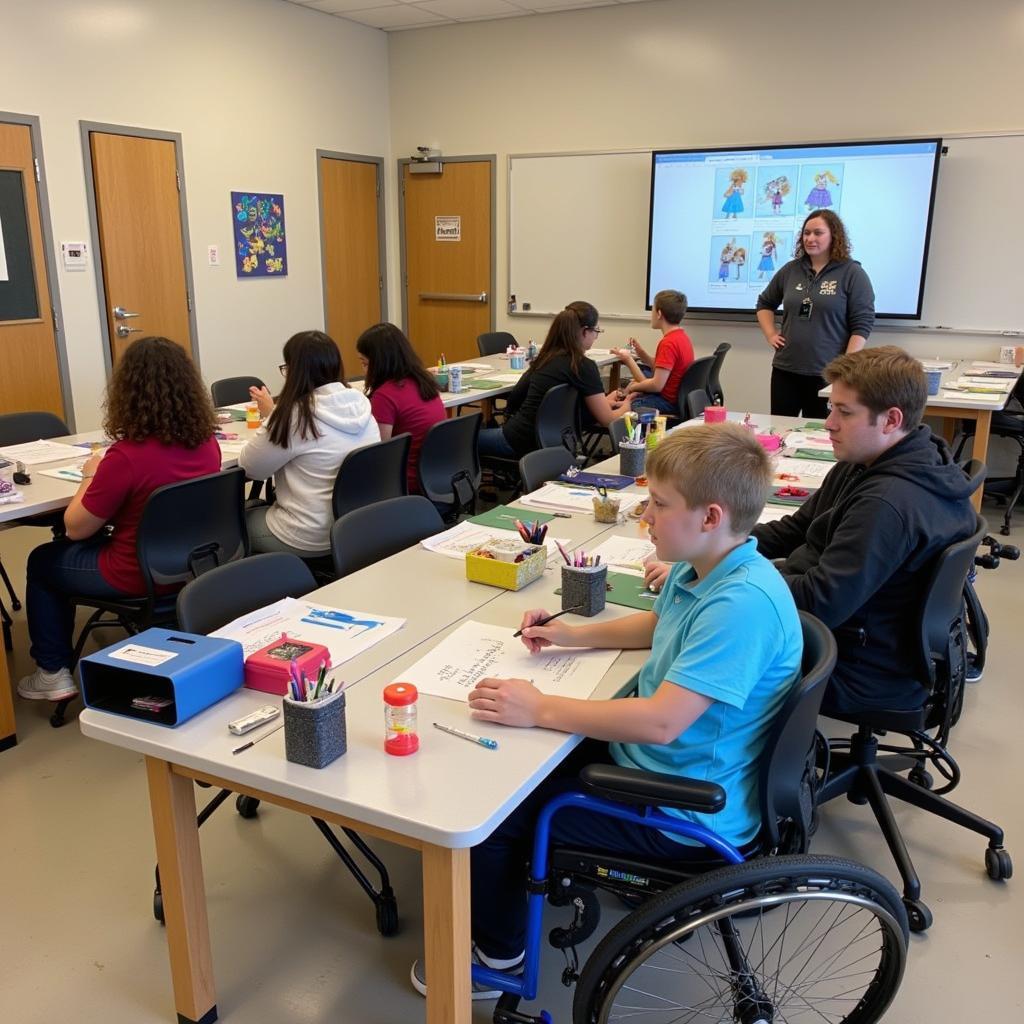Passage 1: The Evolution of Educational Animation
Educational cartoons have come a long way since their inception in the early 20th century. These animated programs have evolved from simple entertainment to powerful pedagogical tools that shape young minds and instill moral values. Initially designed to capture children’s attention through colorful characters and engaging storylines, modern educational cartoons now incorporate sophisticated learning objectives and carefully crafted moral messages.
 Educational cartoons teaching moral values to young children
Educational cartoons teaching moral values to young children
Recent studies have shown that children between ages 3-8 are particularly receptive to learning through animated content. The cognitive processing of visual and auditory information through cartoons creates lasting impressions that help form their moral compass. Programs like “Arthur,” “Daniel Tiger’s Neighborhood,” and “Sofia the First” have successfully demonstrated how animation can teach complex social concepts such as empathy, honesty, and responsibility.
Questions 1-5: Multiple Choice
Choose the correct letter, A, B, C, or D.
-
According to the passage, educational cartoons were initially created to:
A) teach moral values
B) entertain children
C) develop learning objectives
D) improve cognitive processing -
The age group most responsive to learning through animated content is:
A) 1-5 years
B) 2-6 years
C) 3-8 years
D) 4-9 years
Passage 2: Psychological Impact and Learning Mechanisms
The psychological impact of educational cartoons operates through multiple channels of learning. Through vicarious learning, children observe animated characters facing moral dilemmas and learning from their choices. This process activates the brain’s mirror neurons, allowing young viewers to experience emotions and understand consequences without directly encountering the situations themselves.
Research conducted by the Department of Child Development at Stanford University reveals that children who regularly watch educational cartoons with moral content show improved prosocial behavior and enhanced emotional intelligence. The study tracked 500 children over three years, documenting significant improvements in their ability to recognize and respond to others’ emotional states.
Questions 6-10: True/False/Not Given
State whether the following statements are True, False, or Not Given.
- Educational cartoons help children learn through observation of characters’ behaviors.
- Mirror neurons play no role in how children learn from animated content.
- The Stanford University study lasted for three years.
Passage 3: Implementation and Educational Outcomes
The integration of moral education through cartoons requires careful consideration of cultural context and age-appropriate content. Educational institutions have developed comprehensive frameworks to evaluate and implement animation-based moral education programs. These frameworks consider factors such as cultural sensitivity, developmental appropriateness, and the balance between entertainment and educational value.
 Students engaging with educational cartoon content in modern classroom
Students engaging with educational cartoon content in modern classroom
The effectiveness of cartoon-based moral education has been documented through various longitudinal studies. Results indicate that children exposed to well-designed educational cartoons demonstrate:
- Enhanced problem-solving abilities
- Improved conflict resolution skills
- Stronger ethical decision-making capabilities
- Better understanding of complex social situations
Questions 11-15: Matching Headings
Match the correct heading (A-F) to sections 1-5.
A) Cultural Considerations in Cartoon Education
B) Long-term Benefits of Educational Animation
C) Historical Development of Educational Cartoons
D) Research Findings and Implementation
E) Psychological Learning Processes
F) Modern Approaches to Moral Education
Answer Key:
- B
- C
- True
- False
- True
- True
- False
- True
- D
- A
Note: Additional answer key details would be provided for remaining questions in a complete test format.


